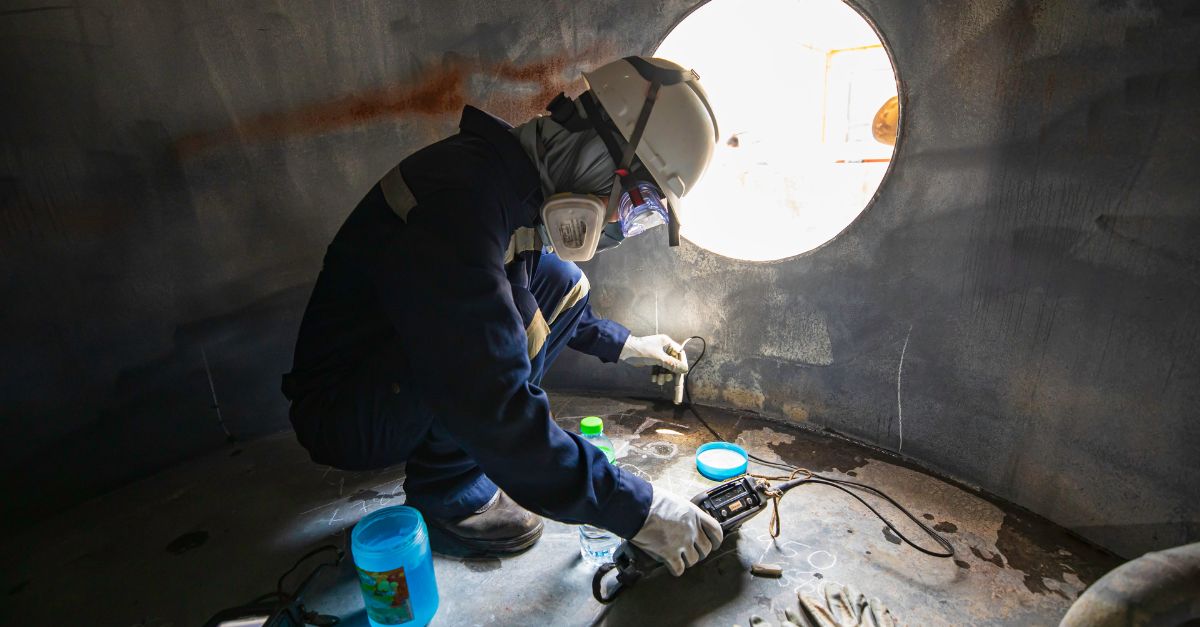Trends
5G IoT & AI: Enhancing Safety Management in Confined Spaces

In recent years, several fatal industrial accidents in Hong Kong have been linked to work in confined spaces, with seven workers tragically losing their lives in such incidents over the past three years. This underscores the urgent need to strengthen safety regulations for confined spaces. To address safety concerns, the Labour Department revised the Code of Practice for Safety and Health at Work in Confined Spaces, mandating that property owners or contractors implement effective safety control measures. These include installing video surveillance at the entrances and exits of confined spaces to record workers’ entry and exit times throughout a project, with video records retained for at least one year. Set to take effect in November this year, this regulation aims to prevent safety incidents and protect workers. However, many construction and property management companies face challenges in implementing these measures. The widespread adoption of technologies such as 5G, the Internet of Things (IoT), and Artificial Intelligence (AI) offers promising solutions to overcome these obstacles.
Confined spaces encompass not only manholes but also chambers, storage tanks, tunnels, pipelines, boilers, and similar environments. These spaces are commonly found in hospitals, commercial or residential buildings, and utility facilities for water, electricity, and gas. Due to their unique structures and locations, confined spaces often suffer from poor ventilation and inadequate drainage systems, leading to risks such as the accumulation of toxic gases, flooding, or other safety hazards, significantly increasing the dangers for workers. As many confined spaces are located underground, thick concrete or reinforced steel structures frequently block telecommunications or network signals. In emergencies, this prevents workers from seeking help or communicating with the outside world, resulting in casualties. Additionally, conventional technology solutions often fail to function without network coverage, hindering real-time monitoring. Addressing this “network blackout” is critical to enhancing safety in confined spaces.
5G Manhole Cover Antennas: Unlocking the Potential of 5G IoT and AI Applications
The 5G manhole cover antenna technology extends outdoor 5G coverage into confined spaces. Combined with IoT sensors—such as gas and water level detectors—and AI-powered cameras, this technology enables real-time monitoring of hazardous gas concentrations and flood risks. It also tracks operational conditions like temperature, humidity, and air pressure, using AI analytics to predict maintenance needs, reduce equipment failure rates, and extend equipment lifespan, thereby minimizing safety incidents caused by malfunctions. Furthermore, AI cameras can employ behavioral analysis to detect irregular worker actions or sudden safety issues in confined spaces, instantly transmitting data and issuing safety alerts. This allows facility managers, even from an office, to leverage AI for in-depth data analysis, promptly assess conditions in confined spaces, predict and identify potential risks, and enable proactive safety management. This significantly improves response times and handling capabilities for emergencies.
Hongkong Land recently deployed 5G manhole cover antennas in an underground seawater pump room, bringing outdoor 5G coverage to the facility. This provided stable network connectivity for IoT sensors and AI cameras, enabling real-time data and video transmission to online platforms. Simultaneously, AI cameras were used to identify potential safety risks in real time and issue immediate alerts. This also automated data analysis, reducing the need for frequent manual record-keeping and enhancing the cost-effectiveness of facility management.
Future Prospects for Confined Space Safety: Expanding Technology Applications to Enhance Workplace Safety
As 5G, IoT, and AI technologies mature, their applications will play an increasingly vital role in confined space safety management. Recent success stories not only demonstrate the effectiveness of these technologies in improving safety but also provide valuable insights for other use cases. These advancements elevate the intelligence of facility management while offering new directions for the digital transformation of urban infrastructure. Moving forward, businesses and organizations are encouraged to deepen their understanding of 5G, IoT, and AI applications to raise industrial safety standards, create safer and more efficient work environments, and enhance operational efficiency and market competitiveness.
Written by: Steve Ng, Managing Director of Commercial Group, HKT
Source: EDigest